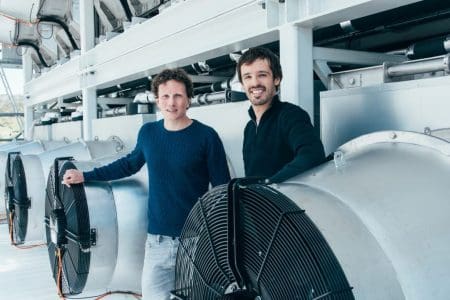Renewable Energy and Beyond: Innovations in Solar, Wind, and Hydro Technologies
With replenishing resources, relying on conventional electricity sources has become difficult. The rising costs are not helping, pushing individuals to find cheaper options.
Renewable resources are taking over. We can see their implementation in transportation, housing, healthcare, and even online gambling on the platforms offering https://vulkanvegas.com/hu/category/slots. Although the industry is expanding, three resources remain as significant as when they were first discovered. Solar, wind, and hydro provide reliable and sustainable ways to power our world. Let’s look over the innovations in this field.
Solar
The sun hits us with its full force in all its abundance. This abundant resource has been tapped from time immemorial. It is still the most efficient and practical, boasting cost-effectiveness for daily use. In recent times, innovations have been made in this sector. Solar batteries and photovoltaic (PV) cells, which promise high efficiency, have become the order of the day.
Individuals are now harnessing the sun’s power using solar roof tiles and solar PV panels. These technologies are fitted onto buildings to draw energy stored in solar batteries. Innovations in PV cells mean the technology can now convert a broader sunlight spectrum. This allows it to attract and modify sunlight into energy, even on cloudy days.
One innovative tech that needs to be mentioned in this section is called concentrated solar power (CSP), which uses lenses to converge sunlight onto a concentrated area. It is highly efficient, as it can generate electricity even without intense sunlight. This is because the concentrated sunlight generated is stored in molten salt.
Wind
The wind is everywhere around us. This natural resource has been used to generate energy for centuries. From traditional windmills to modern wind farms, the sector is constantly evolving. The latest trend is the introduction of offshore wind turbines. These massive structures are built on the sea, allowing us to tap into consistent, intense wind speeds. There are collaborations here, with experts integrating solar and tidal technologies to create a sustainable resource. This would ensure more adequate amounts of power.
Advanced wind turbine designs are being made to increase output. The aerodynamic designs help improve the blades’ sustainability, using superior materials to reduce downtime and maintenance costs. New advancements include removing blades and arriving at innovations with bladeless technologies.
Nowadays, the sector is being constantly developed, and technological advancements have already become an essential part of this field. One of them, developed especially to bolster the capability of the renewable resources, is known as vertical axis wind turbines (VAWT). This involves strategically redesigning the turbine’s blades. The new design rotates about its vertical axis. This differs from the traditional method, which rotates about a horizontal axis. VATS offers great advantages towards wind energy. They are more efficient as they can generate energy in turbulent winds. They also have little to no effect from changing wind directions. Additionally, they make less noise.
Hydro
The water-to-land ratio is among the first things we learn about our home planet. The earth comprises over 70% water, making it a reasonable renewable resource. Different renewable resources fall under this umbrella of moving water. We have tidal power that generates energy from the rise and fall of the ocean’s coastal tides. Likewise, power is derived from the surface of the mighty waves of the oceans as they crash.
The promise of hydroelectric power faded because it required large-scale dams. This left terrible carbon footprints and affected the environment. Innovations are being felt in this area as more sustainable methods are being achieved for harnessing hydropower. Smaller-scale systems are being developed to provide renewable and reliable energy. These hydropower systems can be fed into small streams and rivers. This removes the dependency on dams and reservoirs and also reduces costs. They also have versatile applications. The power derived is diverted into the local grid of developing communities, giving a sustainable means of power.
The renewable energy sector is seeing innovations in hydroelectric power sources. Here are some recent advancements that stand out:
- Water Splitting: This involves electrolysis to split water into hydrogen and oxygen. Hydropower can be used to generate a lot of energy for this process;
- Hydrogen Fuel Cells: These devices produce electricity from hydrogen and oxygen (water). The best part is that the only byproduct is water vapor, making it 100% safe for the environment. The generated fuel cells can be used in everyday life to power homes and vehicles.
Riding the Renewable Wave: Where Water, Wind, and Sun Unite
Shifting the focus from conventional energy sources has become essential. This is because of rising complications like climate change. More technological advancements are being made in the renewable energy industry. Someday, we can change from using fossil fuels. Do your part. Learn how you can reduce your carbon emissions in preparation for this switch.



